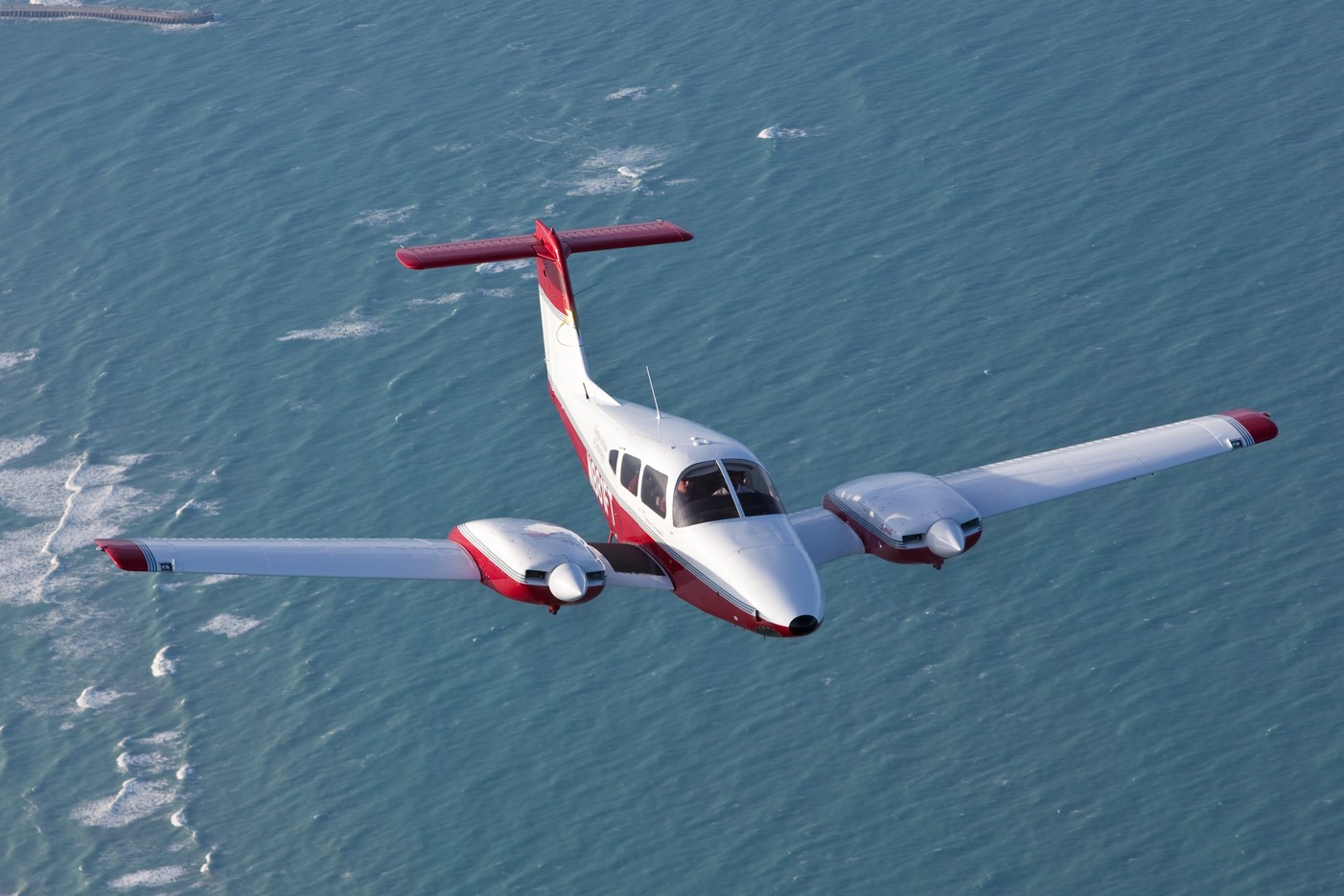Document Type
Article
Publication Title
Weather and Forecasting
Abstract
Several experimental products derived from Geostationary Operational Environmental Satellite (GOES) Sounder retrievals (vertical profiles of temperature and moisture) have been developed to assist weather forecasters in assessing the potential for convective downbursts. The product suite currently includes the wind index (WINDEX), a dry microburst index, and the maximum difference in equivalent potential temperature (θe) from the surface to 300 hPa. The products are displayed as color-coded boxes or numerical values, superimposed on GOES visible, infrared, or water vapor imagery, and are available hourly, day and night, via the Internet. After two full summers of evaluation, the products have been shown to be useful in the assessment of atmospheric conditions that may lead to strong, gusty surface winds from thunderstorms. Two case studies are presented: 1) a severe downburst storm in southern Arizona that produced historic surface wind speeds and damage, and 2) multiple dry and wet downbursts in western Kansas that resulted in minor damage. Verification involved comparing the parameters with radiosonde data, numerical model first guess data, or surface wind reports from airports, mesonetworks, or storm spotters. Mean absolute WINDEX from the GOES retrievals differed from the mean surface wind gust reports by(1 m s-1) for 82 events, but underestimated wind gusts for 7 nighttime events by 22 kt (11 m s-1). GOES WINDEX was also slightly better than that derived from the concurrent National Centers for Environmental Prediction's Eta Model first guess. There are plans to incorporate these downburst parameters into a future upgrade of the National Weather Service's Advanced Weather Interactive Processing System, with the option to derive them from either GOES Sounder data, radiosondes, or numerical model forecast data.
Several experimental products derived from Geostationary Operational Environmental Satellite (GOES) Sounder retrievals (vertical profiles of temperature and moisture) have been developed to assist weather forecasters in assessing the potential for convective downbursts. The product suite currently includes the wind index (WINDEX), a dry microburst index, and the maximum difference in equivalent potential temperature (θe) from the surface to 300 hPa. The products are displayed as color-coded boxes or numerical values, superimposed on GOES visible, infrared, or water vapor imagery, and are available hourly, day and night, via the Internet. After two full summers of evaluation, the products have been shown to be useful in the assessment of atmospheric conditions that may lead to strong, gusty surface winds from thunderstorms. Two case studies are presented: 1) a severe downburst storm in southern Arizona that produced historic surface wind speeds and damage, and 2) multiple dry and wet downbursts in western Kansas that resulted in minor damage. Verification involved comparing the parameters with radiosonde data, numerical model first guess data, or surface wind reports from airports, mesonetworks, or storm spotters. Mean absolute WINDEX from the GOES retrievals differed from the mean surface wind gust reports by(1 m s-1) for 82 events, but underestimated wind gusts for 7 nighttime events by 22 kt (11 m s-1). GOES WINDEX was also slightly better than that derived from the concurrent National Centers for Environmental Prediction's Eta Model first guess. There are plans to incorporate these downburst parameters into a future upgrade of the National Weather Service's Advanced Weather Interactive Processing System, with the option to derive them from either GOES Sounder data, radiosondes, or numerical model forecast data.
DOI
10.1175/1520-0434
Publication Date
10-1-2000
Recommended Citation
Ellrod, G. P., Nelson III, J. P., Witiw, M. R., Bottos, L., & Roeder, W. P. (2000). Experimental GOES sounder products for the assessment of downburst potential. Weather and Forecasting, 15(5), 527-542.



